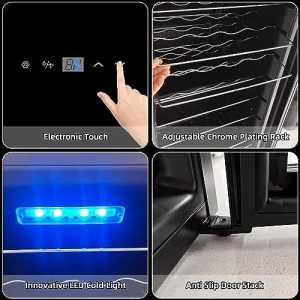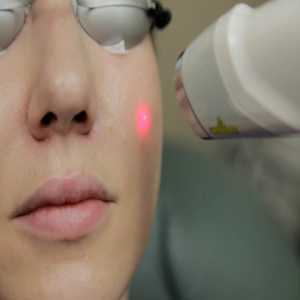
The Evolution Of MOT Testing: Key Industry Developments

The MOT test has undergone substantial changes. It has evolved from a straightforward evaluation of a vehicle's roadworthiness. It is now a more thorough evaluation of vehicle safety and pollutants. This sector has responded by making significant advancements. The article will examine the development of MOT testing courses. It will also look into some trends that have influenced this component of road safety.
We'll look at how the MOT testing course has developed. We will also see how it ensures that vehicles on roadways are safer, cleaner, and more efficient. We will see the modifications in the MOT testing guide to introducing new technology.
The beginning of emissions testing
Emissions testing was included in the MOT test in 1991. Reduced emissions of pollutants from vehicles were the goal of the new regulation. Limitations on pollutants like nitrogen oxides and fine particulate matter have become strict. Even inspection for emissions has become more rigorous.
Focus on Emissions and Environmental Standards:
The focus on these regulations has been an advancement in the development of MOT testing.
Governments have given priority to lowering vehicle emissions. They even ensure that vehicles adhere to specified ecological requirements. This is because concerns about air pollution and climate change have grown. MOT inspections now involve thorough examinations of emissions. They also consider other environmental aspects including fuel economy and carbon emissions. This has resulted in better air quality and outcomes for public health. It also made emphasis on friendly and sustainable driving habits.
Conversion of the MOT test to digital
The Digitalized MOT test came into being in 2015. The testing facilities now use online systems to log test results. The streamlined and error-free testing process makes it quicker and more effective.
Procedures for testing have changed.
The testing process was changed in 2018. It included more stringent examinations of a vehicle's safety features. This includes new examinations of dashboard warning lights, fluid levels, and reverse lights. The exam also added new classifications for faults, ranging from serious to mild.
New technology introduction
New technologies have been incorporated into the MOT testing procedure recently. Connected roller brake testers are necessary at testing facilities, offering detailed brake testing. New tools for checking tire pressure and headlight alignment have also been available.
Stricter MOT standards for diesel cars
More stringent standards have been added to the MOT testing guide. This is because diesel automobiles emit more harmful pollutants than other vehicles. This includes more thorough emissions tests and inspections for diesel particulate filters (DPFs). Diesel vehicles must now have DPFs and keep them in excellent operating order to pass the MOT test.
COVID-19's effect on MOT testing
The COVID-19 outbreak changed the UK's MOT testing course. The government implemented a six-month extension in March 2020 for all vehicles needing an MOT. This was done to lessen the strain on testing facilities during the pandemic. Yet, the extension of time did not apply to vehicles with hazardous flaws. This required immediate attention.
Future of MOT inspections
The MOT test is likely to change in the future as technology develops. One potential advancement is analyzing data from an onboard vehicle diagnostic system. This is possible by using artificial intelligence (AI). This might offer a more thorough and accurate evaluation of a vehicle's condition.
Conclusion
In conclusion, improving road safety and lowering car emissions have benefited from the evolution of MOT testing. MOT testing has undergone a lot of adjustments throughout the years. They made technological improvements to meet new safety issues. Adopting stricter emission rules, new testing techniques, and equipment have decreased car emissions. MOT testing will become more technological in the future. It will place a strong emphasis on automation and data analysis. We expect more advancements in MOT testing. These will assist us in achieving our priorities of road safety and conservation.
Author Bio
Article Comments
No Comments!
At present there are zero comments on this article.
Why not be the first to make a comment?
Similar Articles
Search Pages
User Upgrade
account to full use of editor,
Including hyperlinks
Article Categories
There are zero sub-categories in this parent category.
There are zero sub-categories in this parent category.

















